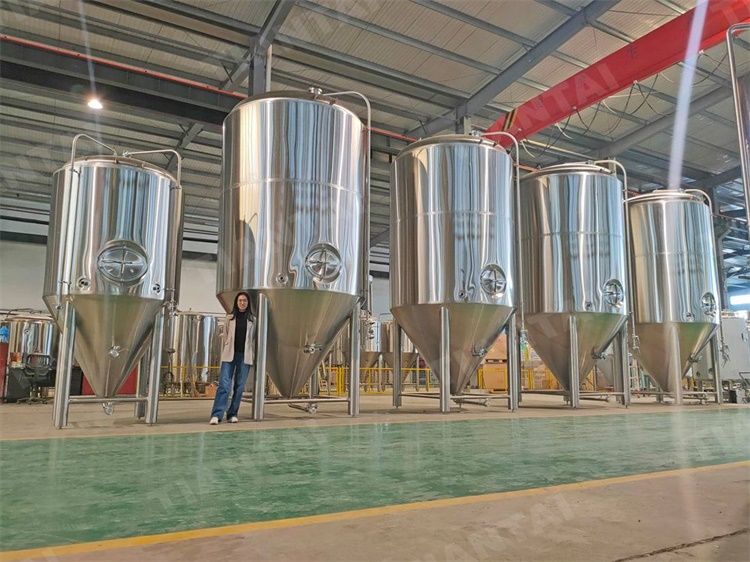Dry hopping is a process in which, after the beer has completed primary fermentation, hops are added back to the beer to steep. This process is very much like making tea by steeping tea bags in room temperature water. It is a slow process, and it contributes huge amounts of aroma to your beer without significantly increasing the bitterness.
.jpg)
4 Common Ways to Dry Hop Your Beer
Now that we’ve outlined the basics, let’s talk about some variations on the theme. There are a lot of ways to “dry hop” your beer, and some of them are pretty cool and fun. Some are not very practical, but are fun for the novelty.1.The French Press
This dry-hopping technique is not the ideal method, but it can be a quick way to determine what aroma compounds will work with a certain type of beer.Let’s say you have a pale ale you brewed that you are considering dry hopping next time. Add some pale ale to some pellet hops in your French Press and give it some contact time.
Then, press the plunger and pour the beer. It will be slightly flatter, as the pressing will excite some carbon dioxide out of suspension, but you should be able to get a good idea of what that specific hop will contribute to your next batch.
2.Keg Hopping
This is a good variation on dry hopping in which the hops are added to a hop bag or tea strainer and added directly to the keg. This method really imparts significant hop aroma, as the strainer will sit right next to the beer uptake and some of the beer will pass right through the bag on its way to your glass, resulting in a very fresh taste.Unfortunately, this method means you really need to consume the beer within a 2-3 week period or you’ll start to taste the grassy and vegetal notes we discussed earlier. This method is fantastic for parties and one time events, though.
3.The Randall
The Randall is a device that hooks to your tap lines and allows you to push your beer directly through a sample of whole hops.The concept is that you have a chamber in which you add dried or fresh whole cone hops which seals well. The beer line runs into this chamber on one side and out of the chamber on the other. The beer comes in direct contact with the hops on its way to your glass, taking delicate aroma compounds with it.
This system does work well, but requires a kegerator and specialized equipment. You can build your own Randall if you have a kegerator.
4.Dry Hopping during Primary
Most homebrewers’ first reaction to this is that it is not as efficient as dry-hopping in secondary. The theory is that dry-hopping in primary allows carbon dioxide bubbles to carry off the aroma compounds from the beer.The truth is that, while hopping in primary does change the aroma profile, the true mechanism for why that happens is not yet completely understood.
The aroma compounds from hops are contained in the hop oils, which are not volatile enough to be carried off by CO2 bubbles. The only reason they dissipate in the boil is because they are, well, boiled. This process is being experimented with some at the homebrew and commercial brewing levels, but has not yet caught on in full. The anecdotal evidence seems to point to this method changing the aroma compounds contributed, but does not necessarily reduce them.
Now that you have a little more info on the methods of dry-hopping, it’s time to give it a try. Experiment with your dry-hopping techniques and see what works best for your recipe.
So, maybe the next step will be to brew a batch of beer and split into two batches. You could dry hop one in primary fermenting and one in secondary fermenting, then bottle them up and taste them with friends. After all, that’s the best way to taste beer.
Cheers! Edited By Daisy
[email protected]


.jpg)
.jpg)



Get In Touch